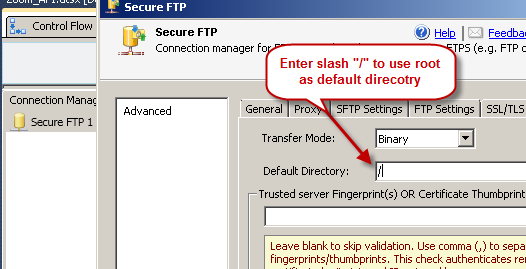

It is difficult to assign a meaning to "transient", particularly when two distinct sites (Server- and User-processes) have to agree on the interpretation. The user should return to the beginning of the command sequence, if any. The command was not accepted and the requested action did not take place, but the error condition is temporary and the action may be requested again. This reply is used in command sequence groups. The user should send another command specifying this information. The command has been accepted, but the requested action is being held in abeyance, pending receipt of further information.

The requested action has been successfully completed. The server-FTP process may send at most, one 1xx reply per command. (The user-process sending another command before the completion reply would be in violation of protocol but server-FTP processes should queue any commands that arrive while a preceding command is in progress.) This type of reply can be used to indicate that the command was accepted and the user-process may now pay attention to the data connections, for implementations where simultaneous monitoring is difficult. The requested action is being initiated expect another reply before proceeding with a new command.

The first digit denotes whether the response is good, bad or incomplete: FTP server return codes always have three digits, and each digit has a special meaning.


 0 kommentar(er)
0 kommentar(er)
